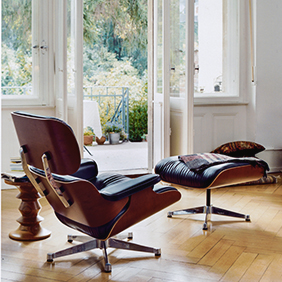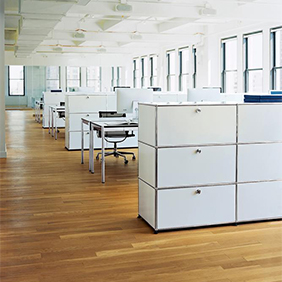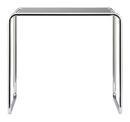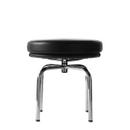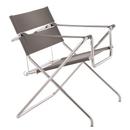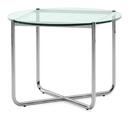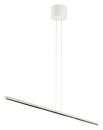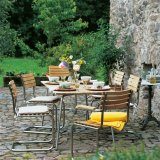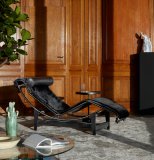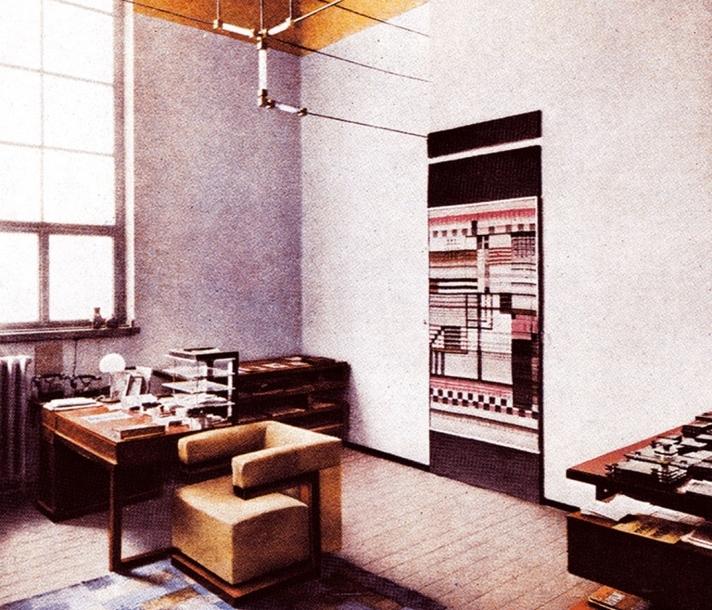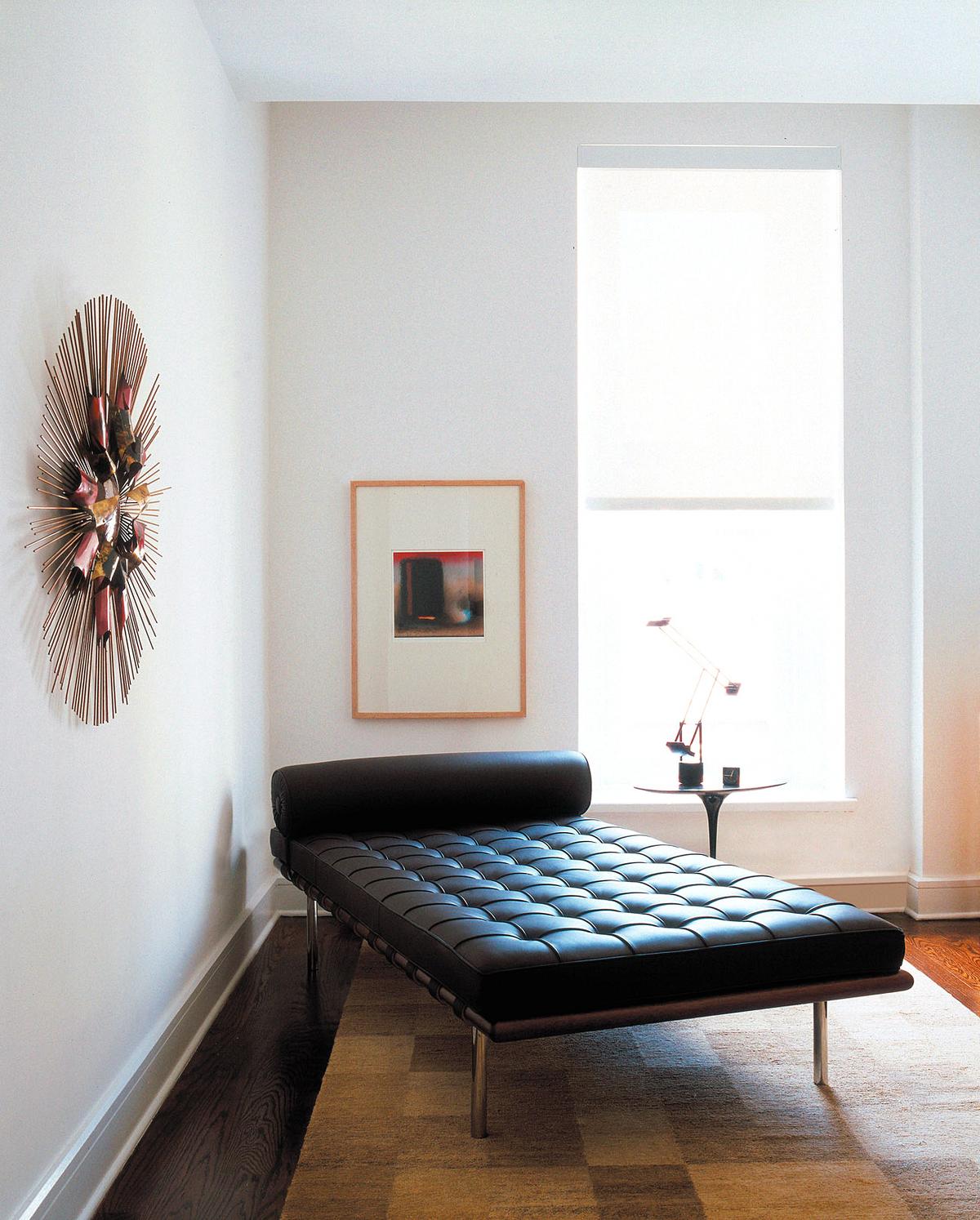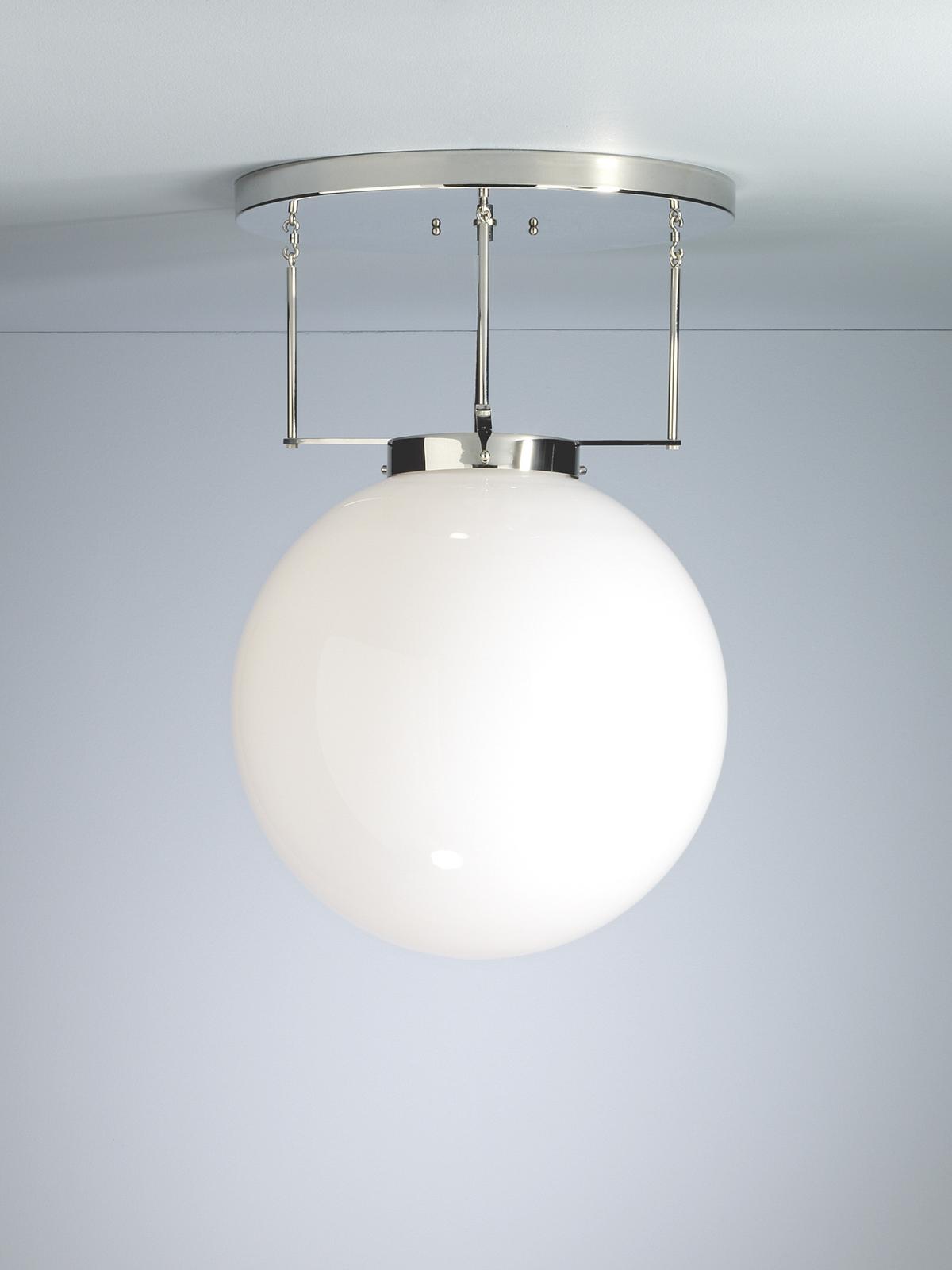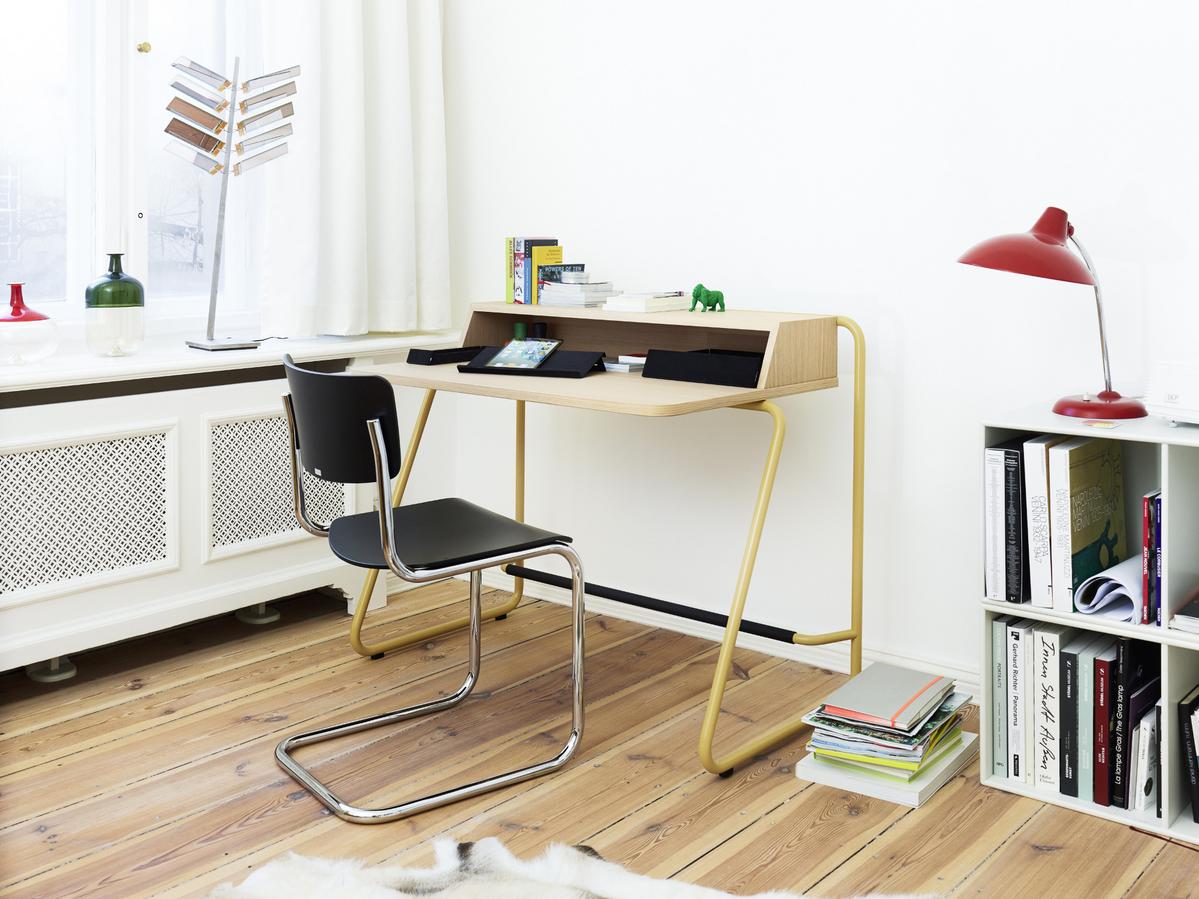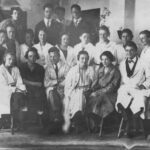5 New Architecture & Design Exhibitions for May 2024
...org "Lucia Moholy: Exposures" at Kunsthalle Praha, Czech Republic As noted from the Bröhan Museum, Berlin's, exhibition Lucia Moholy – The Image of Modernity, Moholy is not only an instructive example of how, why, so many inter-War female creatives slipped into an unjust anonymity, nor only an informative individual in context of how Bauhaus as an institution functioned on a daily basis, both during its existences and following its ultimate demise, but for all Lucia Moholy is an instructive and informative and interesting creative who should play a much more prominent role in contemporary dialogues and discourses than she currently does... brussels "Bauhaus and National Socialism" at Klassik Stiftung Weimar, Germany As oft noted in these dispatches, perhaps most directly in context of the Stadtmuseum Weimar's exhibition Mathilde von Freytag-Loringhoven...


